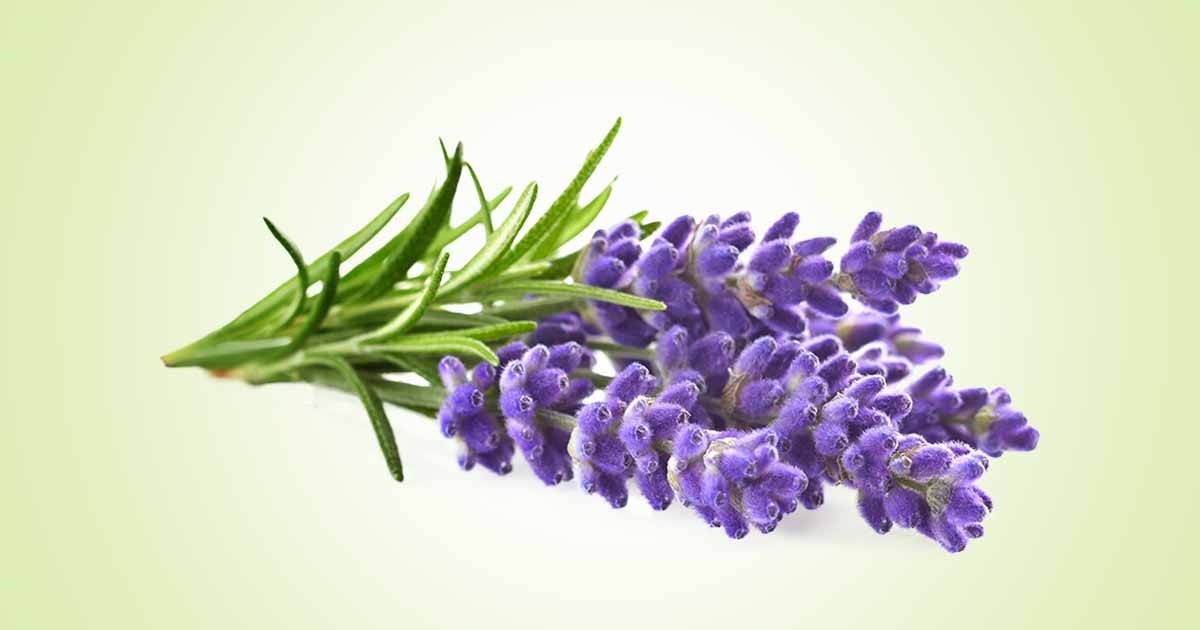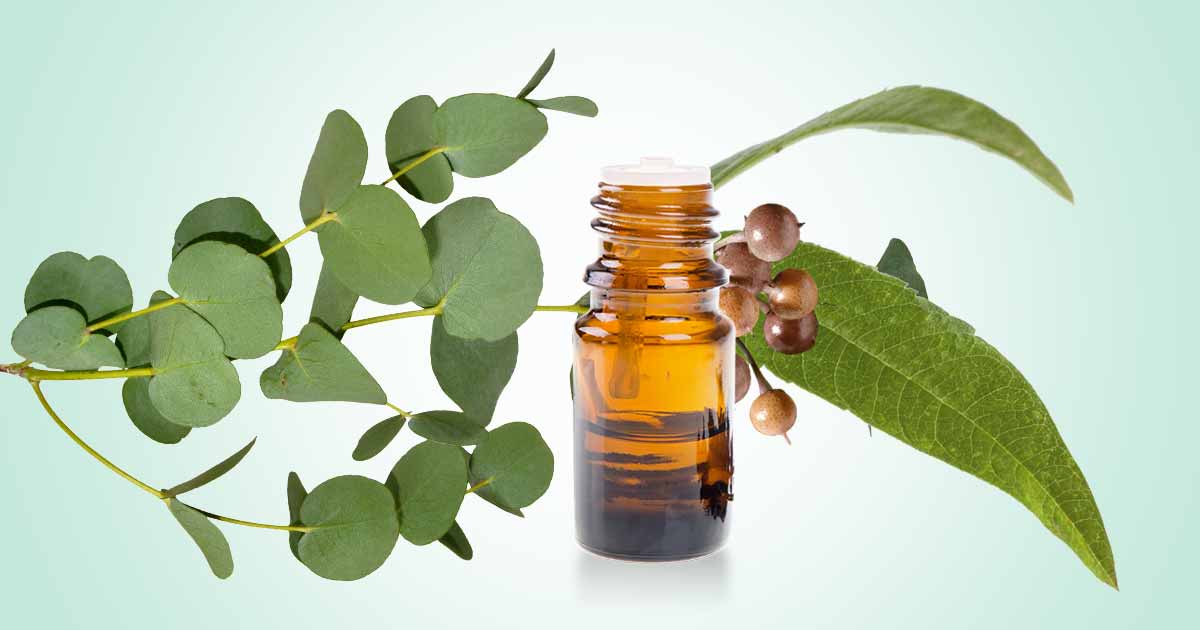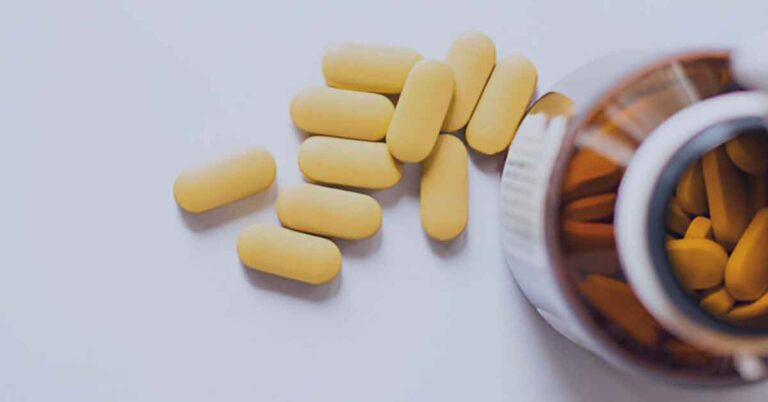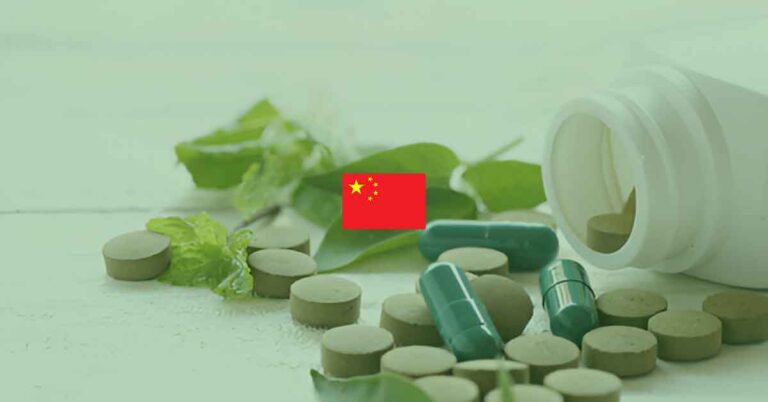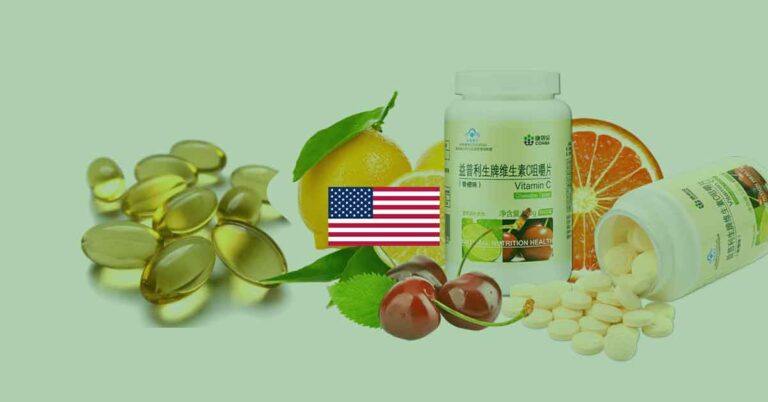Lavender plant is a drought resistant, evergreen perennial flowering plant of the genus Lavandula of the mint family (Lamiaceae). It can grow up to 1.2 m height. It has aromatic leaves and flowers with interrupted spikes and sweet fragrance. The word “lavender” comes from the Latin verb lavare “to wash” or “to bathe”.
There are many lavender species, but the most important species include English Lavender (L. angustifolia), Spike lavender (L. latifolia), Lavandin (L. x intermedia), and recently, Spanish Lavender (L. stoechas), and the Portuguese lavenders (L. luisieri and L. pedunculata). Lavender grows well in full sunlight and well-drained soils.
Lavender is native to the Mediterranean region. The production was done traditionally in southern France, but now grown in Spain, Bulgaria, Turkey, and Croatia, US, UK, Portugal, China, and Australia mostly because of the essential oils. The oils are used for medicinal, cosmetic, pest control, and as a preservative.
The major producing areas of lavender oil are in Bulgaria, England, France, Yugoslavia, Australia, USA, Canada, South Africa, Tanzania, Italy, and Spain. Lavandin plants produce more oil and are harder than lavender plants, however, the price is lower.
The dried flower or the pure oil is used. Lavandula species are used for essential oils, and flower production. Essential oils from flowering parts is of higher quality than the oils from the leaves. There are value-added products like soaps, lavender bags and aromatherapy oil.
Varieties (Types) of Lavender
There are numerous lavender species, but the important species include:
- Lavandula angustifolia (English lavender): also called True or Common Lavender. It is an aromatic type from the Mediterranean, and not England. The flowers could be blue-purple, violet-blue, or white-pink, while the leaves can be gray-green to green-purple foliage of narrow leaves in the summer, and silver-green to gray-bronzed in winter. Some English lavender types are ‘Nana Alba’, ‘Hidcote’, and ‘Little Lottie’ (sold as ‘Clarmo’).
- Lavandula latifolia (Portuguese Lavender): also called Spike Lavender. It is strongly aromatic, with a stronger and more pungent scent than Lavandula Angustifolia. It is native to the western Mediterranean region. Furthermore, it has broad coarse evergreen leaves, and pale lilac flowers on long stems.
- Lavandula dentata (French Lavender): also called Fringed Lavender, is an evergreen shrub native to Eastern and Southern Spain. It has colorful spikes, and bright gray-green toothed leaves with rich, aromatic lavender-rosemary scent (not as fragrant as others). Corollas are a light blue, sterile bracts a slightly deeper color.
- Lavandula stoechas (Spanish Lavender): also Butterfly Lavender is native to the Mediterranean and Northern Africa. It has silvery aromatic leaves, that yield essential oils. Flowers are deep purple with pinecone shape and upright flower petals. Flowers are not very fragrant. There are types such as ‘Regal Splendour’, ‘Ballerina’.
- Lavandula x intermedia (Lavandin): A hybrid of the English lavender (Lavandula angustifolia) and the Portuguese Lavender (Lavandula latifolia). It has gray-green foliage and long spikes of dark violet to white flowers. Both flowers and foliage are highly aromatic. Some types include ‘Provence’, ‘Phenomenal’, and ‘Grosso’.
Lavandula species has antiseptic, antibacterial, antifungal, sedative, carminative, antidepressive, anti-inflammatory properties, and analgesic properties. The essential oils are used in cosmetic products such as soaps, bath gels, lotions, and in skin care products like facial creams, moisturizers, toners, masks, and cleansers.
Lavender can be paired with lemon, vanilla, thyme, blueberry, chocolate. It is also used to flavor jelly, cookies, ice cream, culinary herb blends, lavender tea, honey and salt. In perfumery, it is used in products such as eau de cologne, candles, incense sachets, potpourri.
Constituents of Lavender
The main constituent of the Lavandula essential oils are linalool and linalyl acetate, but there are lesser constituents such as camphor, 1,8-cineole, carvacrol.
- Major essential oil constituents: linalool, linalyl acetate, borneol, and 1,8-cineole
- Other essential oil constituents: α-Terpineol, β-ocimene, camphene, γ-cadinene, β-myrcene, cis-linalool oxide, β-caryophyllene, sabinene, lavandulol, verbenone, β-pinene, α-limonene, geranyl acetate, lavandulyl acetate, oct-1-en-3-ol, camphor, nerol, α-cadinol, γ-cadinene.
- Phenolic acids: ferulic acid, rosmarinic acid, p-coumaric acid, caffeic acid and 2-O-glucosylcoumaric acid.
Available Preparations
Lavender is available as whole dried flowers, lotions, soaps, extracts, aromatherapy oils, bath gels, tinctures, and teas.
Medicinal Benefits of Lavender, Essential Oils
Antioxidant property:
Lavandula extracts contain flavonoids, phenolic acid compounds (rosmarinic acids, apigenin, and caffeic acid), and certain isoprenoids. L. angustifolia exhibited high antioxidant activity in a linoleic acid model system against lipid peroxidation, as well as exerted cardioprotective effects in isoproterenol-induced myocardial infarctions in rats
However, the antioxidant property is lower compared to other plants such as sage, oregano, thyme, black cumin, green tea, and osmanthus.
Antimicrobial activity:
The essential oils of Lavandula possess strong antimicrobial activity against gram positive bacteria, such as Staphylococcus aureus, Staphylococcus epidermidis, Bacillus cereus, and Listeria innocua relative to gram negative bacteria, such as Escherichia coli, Clostridium perfringens, Pseudomonas aeruginosa, Proteus vulgaris, Salmonella typhimurium, and Salmonella typhi.
The activity could be through penetration and disruption of cell wall and cell membrane proteins.
Lavandula essential oils has antifungal activity against Candida albicans and Aspergillus niger. A study suggested that essential oil from L. angustifolia when combined with Cinnamomum zeylanicum is more effective against C. albicans. Spanish lavender contains necrodanes, which makes it distinct from other lavender types. It also has more activities than other types.
Anti-inflammatory effect:
Lavandula essential oils decreased the molecule nitric oxide, which is involved in inflammatory response. The ethanol extract of the plant also decreased inflammation and edema in croton-oil induced edema in mice, similarly to indomethacin, a standard NSAID.
The pectic polysaccharides of L. angustifolia, interact with the immune cells and Peyer’s patch, and inhibited inflammation.
Linalool and linalyl acetate, also exhibited strong anti-inflammatory and analgesic effects in carrageenan induced edema in rats. These oils also have cardioprotective, antioxidant (free radical scavenging) effects.
Burns:
Nanofiber burn dressings made from alginate and Lavandula essential oils promote the healing of burns through its inflammatory and anti-microbial effect.
Antiallergy:
Lavandula essential oil may inhibit mast cell-mediated intermediate-type allergic reaction when it was tested both in vivo and in vitro.
The essential oils of Lavandula reduce inflammatory response during an allergic reaction. The topical or transdermal application also reduce the induced swelling and allergic response.
Asthma:
Inhalation of L. angustifolia essential oil could be effective in reducing inflammation of the airway, mucus cell hyperplasia, and suppression of the expression of the Th2 cytokine mRNA in a mouse model displaying acute asthma.
Arthritic diseases:
Topical application of ointment with lavender essential oils decreased cartilage damage and inflammation in Lewis rat model of rheumatoid arthritis. The α-pinene constituents found in the leaves and essential oils is an inhibitor of NF-kB, which plays a role in the activation of inflammatory mediators in arthritic diseases.
Intestinal inflammatory disease:
According to reports, the essential oil’s oral gavage treatment protected against severe cecal mucosal damage, and decreased the severity of the observed immune response.
Cardiovascular effect:
Lavender has positive effects on heart disease and increased relaxation, serum cortisol levels, and coronary circulation with improved coronary flow velocity reserve (CFVR) in healthy adult men.
Aromatherapy foot massage with Lavandula essential oils decreased blood pressure and anxiety.
Alopecia areata
Alopecia areata is an autoimmune disease that causes hair to fall out, often in patches. Massaging the scalp with lavender oil and other oils could help in hair regrowth. The essential oil could help in treating women with excessive hair growth (hirsuitism).
Aromatherapy:
Stress and anxiety:
Lavandula essential oils have positive effect on relieving stress, anxiety, depression, and boost relaxation, and neurological functions. The inhalation and ingested oils have anxiolytic and anti-depressive effects due to the activity of linalool and linalyl acetate.
Silexan, a commercially available oral L. angustifolia oil capsule, is used to treat anxiety and the associated sleep disturbance. Also, a tincture of L. angustifolia oil when combined with imipramine was more effective in reducing mild depressive symptoms, than using imipramine alone.
It may relieve stress by reducing and increasing antioxidant free radical scavenging capacity.
Sedative effect:
The essential oils of Lavandula may have sedative, anticonvulsive effects in mice, and antispasmodic activity in rabbit jejunum tissue.
As a sedative, it increased serotonin production in the pre-frontal cortex, increased appetite, reduced blood pressure. Linalool is believed to be the anxiolytic compound.
Menstrual disorders:
L. angustifolia essential oil and sesame oil when combined may reduce the severity of primary dysmenorrhea symptoms, but did not affect menstrual bleeding.
Aromatherapy abdominal massage with lavender and sweet almond oil blends may reduce menstrual pain.
During labor:
Lavender essential oils contain linalool, and linalyl acetate, which has analgesic property and can reduce pain and anxiety during labor. The oil has antibacterial activity and can be used post-labor to decrease pain, inflammation, and episiotomy wound healing.
However, the essential oils should be highly controlled to avoid risk to the developing fetus. It should be avoided in the first trimester due to the risk of spontaneous abortion.
Neuroprotective effect:
The hydrosol and essential oils of Lavandula increased the spatial memory and cognitive performance, with effect on neuroprotective protein expression, in rats with Alzheimer’s disease, and also, in scopolamine-induced dementia in rat models.
In mice with induced focal ischemia, the essential oil prevented ischemia damage, and improved free radical scavenging effect.
As a natural preservative:
The Lavandula essential oils exhibit a stronger antibacterial effect on gram positive bacteria, such as Staphylococcus aureus and Bacillus cereus, relative to gram negative bacteria, such as Escherichia coli, and other food-borne pathogens, like Listeria monocytogenes, and Salmonella typhimurium.
L. angustifolia and L. x intermedia essential oils has proven to be biofungicide against V. dahlia. Essential oils of Lavandula inhibit other fungi such as Botrytis cinerea, Penicillium expansum, Botrytis cinerea, Rhizopus stolonifer, Phytophthora infestans, and Aspergillus niger. These pathogens spoil food like tomato, apple.
The antimicrobial effect could be attributed to oxygenated monoterpenes in the oil, such as linalool, borneol, 1,8- cineole, terpinen-4-ol and camphor.
Cosmetic use:
Lavandula essential oils can serve as natural preservatives in cosmetics and personal care products. The preservative property is used to prevent microbial contamination in washing liquid, soft body balms, and aqueous creams.
Lavandula oil can be mixed with coconut oil, jojoba oil, or grapeseed oil. It may help to remove skin problems like canker sores, acne, spots.
However, the linalool and linalyl acetate constituents may cause contact dermatitis and allergic reaction in some people.
Use as pesticide/insecticide:
L. angustifolia essential oil has insecticidal effects against the Acanthoscelides obtectus and Leptinotarsa decemlineata (Colorado potato beetle), larvae and adult stages of Aedes aegypti, Anopheles stephensi, and Culex quinquefasciatus.
It also has pesticidal activity against olive fruit fly Bactrocera oleae, common household fly, Musca domestica, and oestrid fly, Cephalopina titillator.
The insecticidal activity could be attributed to the α-terpinolene and thymol constituents of the Lavandula essential oils.
Drug Interactions
Lavender may interact with:
- Drugs used to control blood pressure like amlodipine, captopril, losartan, valsartan, diltiazem, and furosemide.
- Drugs that cause sleepiness (sedatives) and anti-anxiety agents like barbiturates and benzodiazepines, amobarbital, butabarbital, mephobarbital, pentobarbital, phenobarbital, secobarbital, lorazepam, alprazolam, diazepam, midazolam.
- It may potentiate the effect of central nervous (CNS) depressants such as narcotics (morphine or oxycodone)
Side Effects
Lavender may cause minor side effects such as headache, constipation, increased appetite, and skin irritation. Other side effects are severe drowsiness, allergic reaction such as hives, difficulty breathing, swelling of your face, lips, tongue, or throat.
References:
- https://www.teagasc.ie/media/website/rural-economy/rural-development/diversification/12—Lavender-Flower–Oil-Production.pdf
- https://www.teagasc.ie/media/website/rural-economy/rural-development/diversification/12—Lavender-Flower–Oil-Production.pdf
- https://www.gardenia.net/guide/lavender-main-types
- https://www.journalofsports.com/pdf/2019/vol4issue1/PartAB/4-1-317-920.pdf
- https://journals.sagepub.com/doi/pdf/10.1177/1934578X1801301038
- https://jkedi.org/modelDPRS/Lavender-Manual.PDF
- https://www.drugs.com/mtm/lavender.html#side-effects
- https://www.mountsinai.org/health-library/herb/lavender

